 Whelen Springs City Hall
Whelen Springs City Hall
Entry Type: Place - Starting with W
 Whelen Springs City Hall
Whelen Springs City Hall
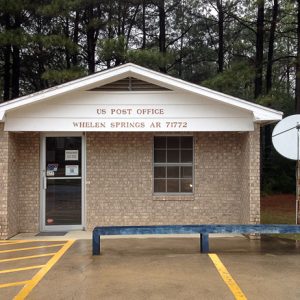 Whelen Springs Post Office
Whelen Springs Post Office
 Whisenhunt Cemetery
Whisenhunt Cemetery
 Whitaker Point
Whitaker Point
 White Bluff Station
White Bluff Station
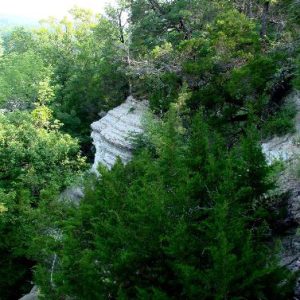 White Cliffs Natural Area
White Cliffs Natural Area
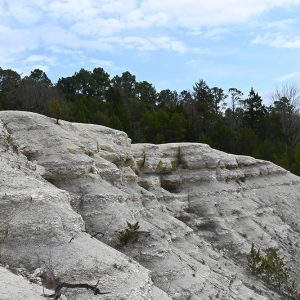 White Cliffs Natural Area
White Cliffs Natural Area
White County
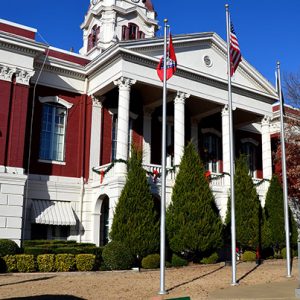 White County Courthouse
White County Courthouse
 White County Courthouse
White County Courthouse
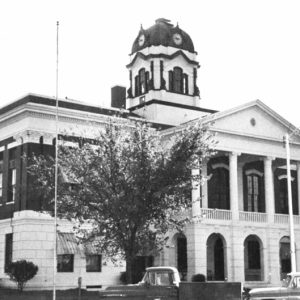 White County Courthouse
White County Courthouse
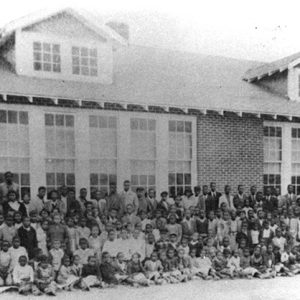 White County Training School
White County Training School
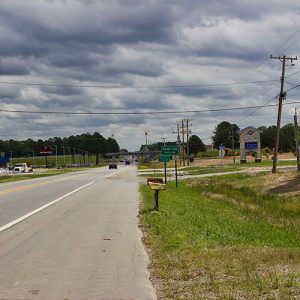 White Hall
White Hall
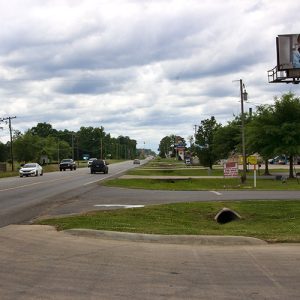 White Hall
White Hall
White Hall (Jefferson County)
 White Hall Cemetery
White Hall Cemetery
 White Hall City Hall
White Hall City Hall
 White Hall City Park
White Hall City Park
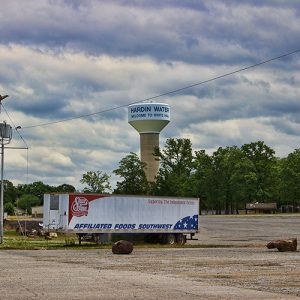 White Hall Water Tower
White Hall Water Tower
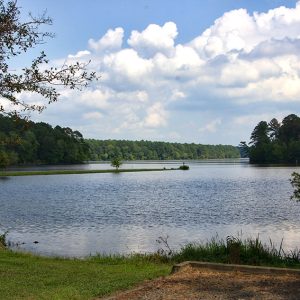 White Oak Lake Campground
White Oak Lake Campground
White Oak Lake State Park
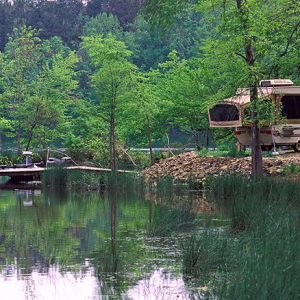 White Oak Lake State Park
White Oak Lake State Park
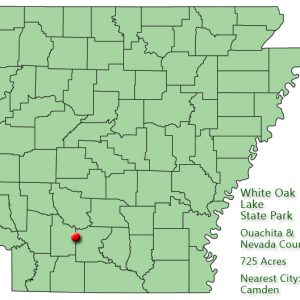 White Oak Lake State Park: Park Location
White Oak Lake State Park: Park Location
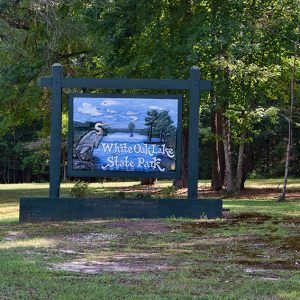 White Oak Lake State Park Entrance
White Oak Lake State Park Entrance
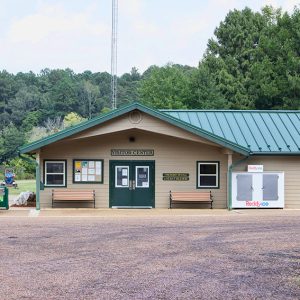 White Oak Lake Visitor Center
White Oak Lake Visitor Center
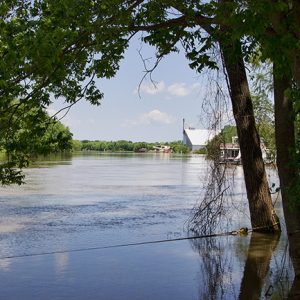 White River
White River
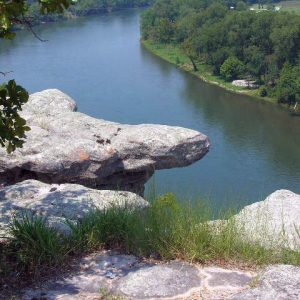 White River
White River
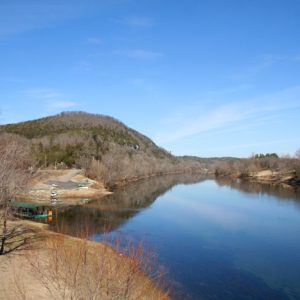 White River
White River
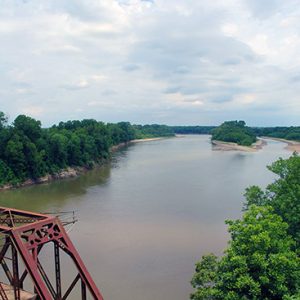 White River at DeValls Bluff
White River at DeValls Bluff
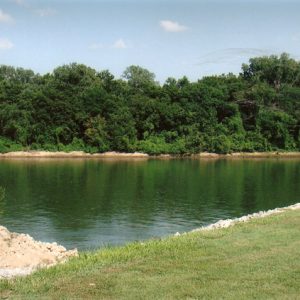 White River Monster Refuge
White River Monster Refuge
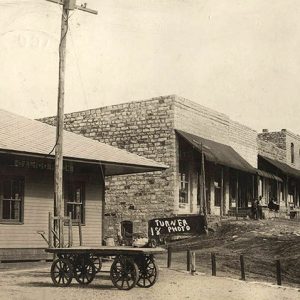 White River Railway
White River Railway
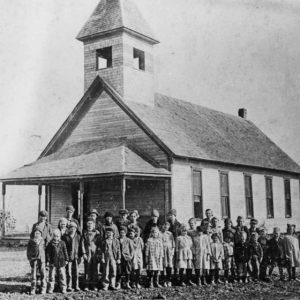 White School
White School
White Sulphur Springs (Garland County)
 White Town
White Town
 White Water Tavern
White Water Tavern
 White Water Tavern
White Water Tavern
 White-Baucum House
White-Baucum House
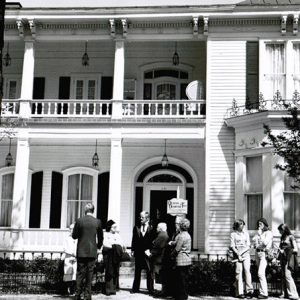 White-Baucum House
White-Baucum House
 White-Baucum House
White-Baucum House
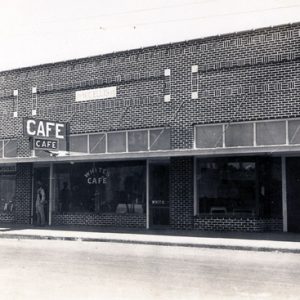 White's Cafe
White's Cafe
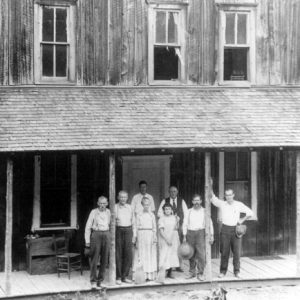 Whiteley’s Hotel
Whiteley’s Hotel
Whittington (Garland County)
Whittington Park Historic District
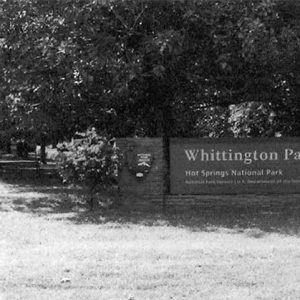 Whittington Park Historic District
Whittington Park Historic District
 Whittington Park Historic District
Whittington Park Historic District
Wickes (Polk County)
Widener (St. Francis County)
Widner-Magers Farm Historic District
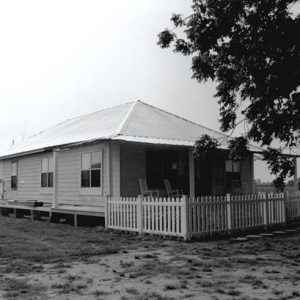 Widner-Magers Farm Historic District
Widner-Magers Farm Historic District
 Widner-Magers Farm Historic District
Widner-Magers Farm Historic District




